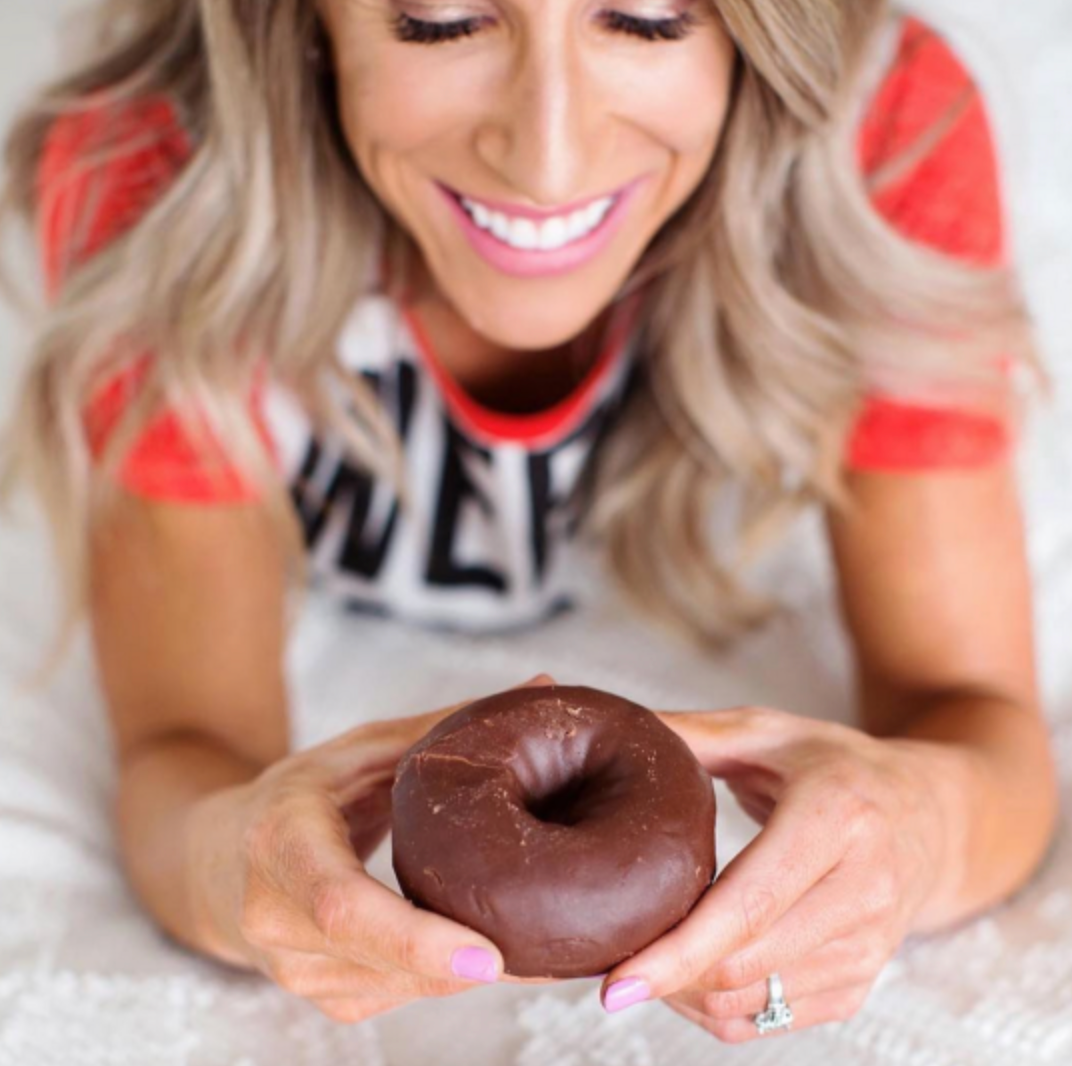
Let’s chat cheat meal AND re-feeds. There's a difference, although the two are often confused.
A cheat meal is eating something that is not part of your diet plan and is typically junk food like pizza, hamburgers, dessert, etc. And a cheat meal is exactly that: a meal. A cheat meal does not constitute a whole day of "cheating". If you follow the 90/10 rule, then the 10 percent spent cheating should not derail you from losing fat, getting leaner and getting you closer to your goals.
As long as you are following 90 percent of your diet plan, we have taught that you can include 1-2 cheat meals per week to stay sane. Cheat meals are meant to satisfy your taste buds, not to fill your belly at some all-you-can-eat buffet.
If you're truly living the macro lifestyle, you may not feel the need to incorporate a cheat meal because your macros may allow for the foods you love already (like dessert, pizza, etc) in moderation. That is, in fact, the point of tracking, so that you can stay on track while eating foods you love. But if you feel like you're restricted, we recommend incorporating a cheat meal to have something to look forward and prevent an unplanned binge.
Pro-Tips for Cheat Meals:
-
Schedule your cheat meals and stick to the plan. Staying regimented, even in your cheat meal, is a great way to take away any questions about if/when you should “cheat”.
-
Eat your cheat meal at a normal meal time for you. Rather than making a 2 am run to Taco Bell, place your meal during a normal eating window for you to stabilize leptin levels.
-
Make your cheat meal “balanced” when it comes to macronutrients. Opt for a meal containing carbs, protein, and fat instead of something predominantly sugary or carb-laden. A cheeseburger with a bun is what I would consider balanced, pizza with meat toppings, french toast with bacon and eggs. You get it.
-
Be smart about when you schedule your cheat meal. I love to eat out for a cheat so that there is no temptation at home. Also, if you place your cheat on a Friday night and notice you’re not staying on track on Saturday, try moving your cheat meal to a Sunday night so that you can start fresh Monday.
-
Be honest with yourself. If you’ve been snacking all week, a cheat meal will not have the same effect and just ends up being additional calories. So try harder next week to stay on track and utilize that cheat meal you scheduled.
Then there is a re-feed. Re-feeds are planned out and there is a progressive increase in caloric intake and usually consists of a large amount of carbohydrates. Re-feeds are important to low-calorie (and low-carb) eaters who need to replenish muscle glycogen and spike the metabolism (by kicking up leptin levels)... The re-feed is still healthy, but you're ingesting more carbs and calories for a spiked metabolism.
Pro-Tips for Re-Feeds:
-
Eat your typical protein amount. So if your protein goal during the week is 180 grams, you’ll make sure to eat that amount on your re-feed day as well.
-
Focus on double (sometimes tripling) your carb intake. This is the key difference in a cheat meal and a re-feed day, you are intentionally increasing carbohydrate intake specifically.
-
Decrease fat intake. Because your body will utilize those carbohydrates for energy, excess fat will be converted to body fat. So save those extra calories for your carbs and keep fat low on re-feed days.
Which do you prefer? For me, it depends on what my goals are. When I am more relaxed I choose a cheat meal once a week. But if I really am wanting to dial things in I choose a calculated re-feed.
